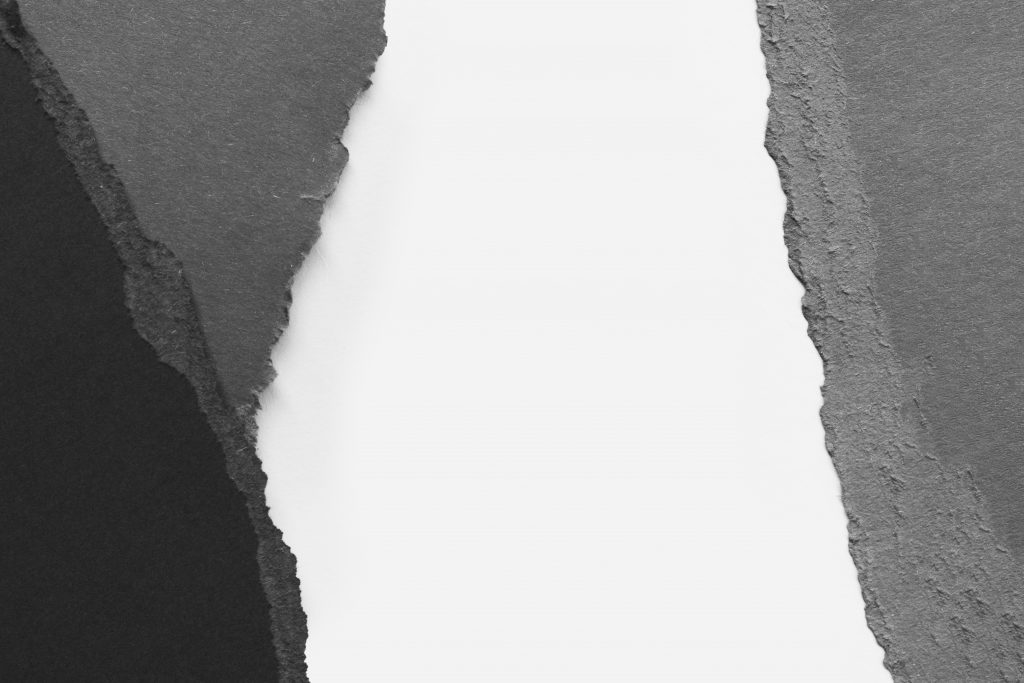“Explaining Annular Tears” is part of a series written by Dr. Pauza
The Root of Spinal Disc Issues
Spine surgeons finally understand the importance of annular tears, because annular tears cause most disc problems. Even bone spurs and spine arthritis originates from annular tears because tears cause spine joints to rub, causing spurs and spine arthritis. However, they’re often misunderstood, so today we’re explaining annular tears.
Annular tears are often the root of spine pain for many patients. The first complaint is low back pain and as disc tears progressively worsen, they leak and lead to disc herniations, bulges, degeneration, and desiccation (dehydration).
In other words, every spine problem begins with an annular tear, and that’s why researchers worldwide feverishly seek to repair annular tears.
The Spinal Disc
When explaining annular tears, we have to understand that the spinal disc is made of two parts: the outer annulus fibrosus rings and the inner nucleus pulposus gel. These annular rings are important because they keep the inner gel inside.
The rings of the annulus fibrosus are composed of 22-25 layers. All the sensory nerves reside within these layers. The inner layers are incomplete and become more complete as they go outwards, so tears of inner layers cause the gel to leak within the layers, like “a rat within a rat maze,” causing inflammation and pain within the disc.
Surgeons try to treat this disc inflammation through fusion, which is not the best treatment option now that we finally know the cause of low back pain: chemical inflammation.
It’s obvious why fusions aren’t optimal treatments, and often worsen adjacent disc tears and pain.
This is why the MRI may look normal while patients suffer from severe pain. This explains why all research confirms that MRIs don’t correlate with symptoms, as MRIs can’t show painful inflammation.
A Better Option for Annular Tears
Surgery, staples, plugs, and chemical glue can’t repair annular tears. However, by using Fibrin, an FDA-approved substance, for off-label use to seal the tears and encourage tissue growth to allow discs to heal themselves, the Discseel® Procedure permanently heals annular tears.
The Discseel® Procedure was developed because it was well-established that Fibrin heals other parts of the human body, making it the most logical solution.
Featured image attribution: Paper photo created by freepik – www.freepik.com


